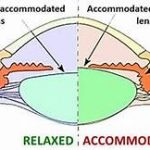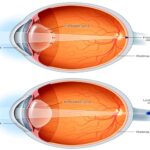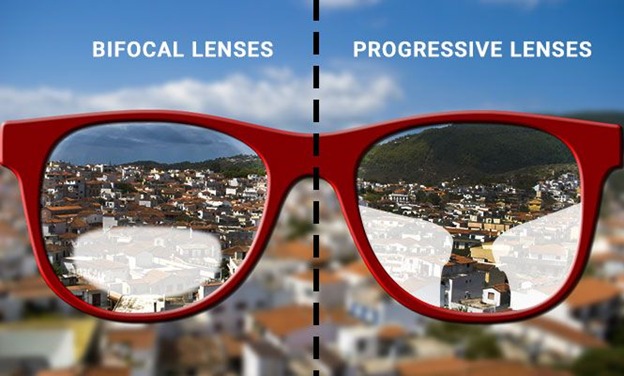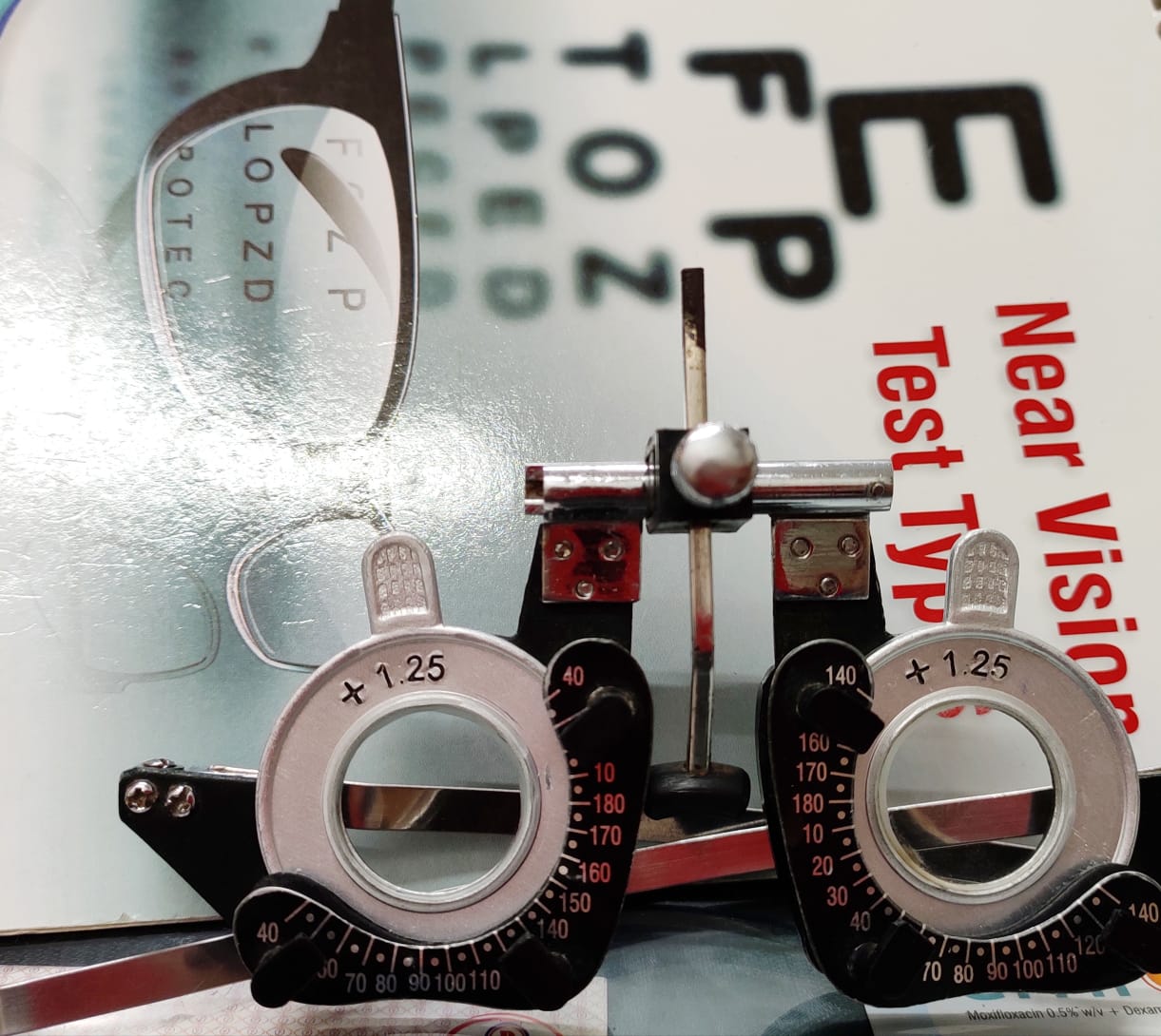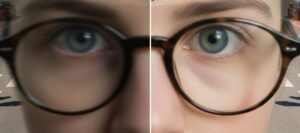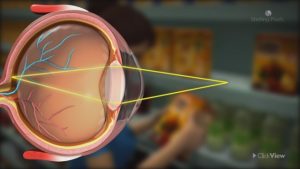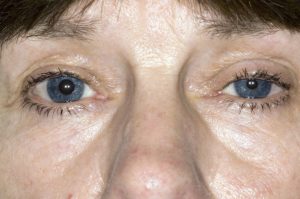Introduction: The word “Presbyopia” comes from Greek language which means “Elderly Vision”. The Greek word presbys means ” old man” and ops means “Eye”. The disease was well known to ancient Greece which was mentioned by Aristotle and Cicero.
Definition: The gradual loss of eye’s ability to change focus on near objects.
This is a natural loss of near vision with aging but this accommodation loss is not fully yet known. Conventionally seems that due to lens becoming less elastic with time.
∆ Presbyopia affects nearly 100% of population with aging. it is most predictable signs of middle age.
∆ Presbyopia does not occur suddenly. Consequences of slow and progressive declining of accommodation with aging .
∆ Today, more than 111 million American adults have presbyopia, and this number could reach 1,224 million by 2021, depending on the age of the population.
CAUSES of Presbyopia: Our crystalline lens sits behind our colored iris inside the eye. It changes shape to focus light on the retina so we can see.
At a young age, the lens changes shape easily (soft and flexible).
This allows you to close-up and focus on distant objects.
After the age of 40, the lenses become more rigid. It cannot change shape easily.
Hardening of lens of eye with aging.
Lens become less flexible. so it cannot change no longer shape to focus on close objects. as a result of, these images appears out of focus.
Prognosis of Presbyopia:
Presbyopia occurs in all eyes, whether it’s healthy or unhealthy.
Presbyopia itself does not harm to the structural integrity of the eye.
There is no way to stop or reverse this normal aging process of the eye, but the good news is it is easily diagnosed through a routine eye exam, and easily corrected.
Risk factors of presbyopia:
∆ age > 40years
∆ Medical condition: these medical conditions can increase the risk of premature presbyopia (age<40years).
These are
* Diabetes mellitus
* multiple sclerosis.
* cardiovascular dis.
∆ Drugs: antidepressants, antihistamines, diuretics can also increase risk of premature presbyopia.
Signs and Symptoms of Presbyopia:
□ Here Are Some Common Signs Of Presbyopia:
¤ Blurry print – You may have to hold the reading material further than an arm’s distance, and small print is hard to read.
[ When you develop presbyopia, your eyes are less able to focus on things up close, making it harder to read fine print; especially in lowlight situations. Even if you can see fairly well upclose, presbyopia can cause eye strain, headaches and visual fatigue if not corrected.]
¤ Age – People in their 40s typically are at higher risk for developing presbyopia.
[ It occurs due to natural changes in the eye lens, which cause an increased lack of flexibility. ]
¤ Near-vision problems – You have problems seeing objects close to you.This makes it harder to read, thread a needle, or do other close tasks.
[ Eye sight of old age is not an error of refraction but a condition of physiological insufficiency of accommodation leading to a progressive fall in near vision.]
¤ Blurred vision at normal reading distance.
¤ Eyestrain or headaches after reading or doing close-up work.
□ Some Common Symptoms Of Presbyopia:
It is natural and gradual loss of vision with aging. It may cause many symptoms and can cause also a medical emergency like sudden loss of vision, halos around light etc. Following are:
▪︎ The presbyopic person often moves the reading material or nearby object further away from his or her eyes so that it is clear. In addition, adding light or moving materials towards a well-light area will help.
[You may notice these symptoms are worse if you are tired or are in an area with dim lighting.]
▪︎ This symptom worsens in low illumination conditions. Usually, people with presbyopia will notice that the object they are trying to see up close becomes more blurred.
▪︎ If a person is myopic and wears glasses all the time, presbyopia will cause similar symptoms. Myopic people will find that work around them is very easy to see when they take off their glasses.
Also;
° Headache when reading
° eye strain on small objects.
° blurring vision even in normal near vision distance.
° Eye fatigue when frequently focusing on near objects like reading small print, thread a needle, or other close tasks.
Presbyopia cannot be treated since it’s part of the normal aging process.
However, its effects can be mitigated through a variety of means:
Eyeglasses, Contact lenses, Surgery.
N.B.- Left untreated, presbyopia can cause headaches and eye strain.
Schedule an appointment for a routine eye exam with an optometrist to determine the best way to compensate for presbyopia, and other eye issues.


